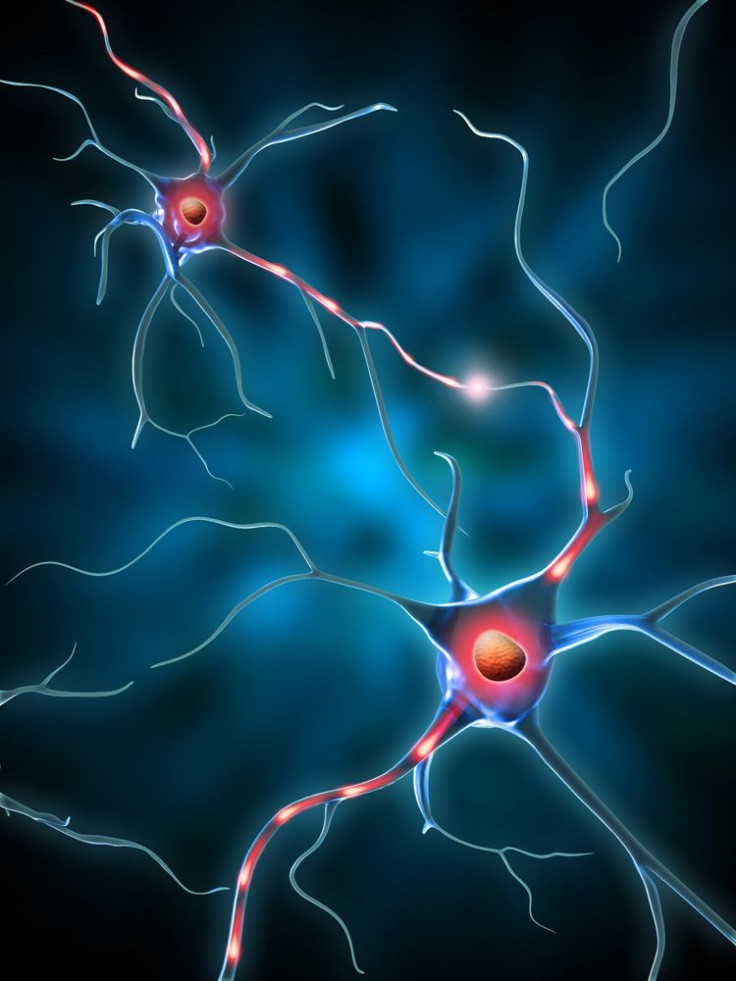Autism Treatment Research Gets Boost From Mice With Mohawks

What do mice with mohawks and autism treatment have in common? According to new research published in Nature, more than you'd think.
A batch of lab mice was bred with a genetic mutation that scientists believe to be associated with autism. As the mice reached adulthood, the authors of the new paper "knew instantly they were on to something" when they noticed all of the rodents' heads were groomed into neat little mohawks, according to a press release from New York University's Lagone Medical Center, where the research was conducted. The peculiar hair suggests the mice engaged in compulsive, repetitive grooming behavior similar to rocking or other repetitive behaviors seen in people with autism.
The trendy mice had been genetically modified to lack a protein called Cntnap4. Other studies have linked Cntnap4 with autism, but this is the first time "an autistic motor behavior has been traced to specific biological pathways that are genetically determined," NYU reported in a summary of the findings.
"Our study tells us that to design better tools for treating a disease like autism, you have to get to the underlying genetic roots of its dysfunctional behaviors, whether it is overgrooming in mice or repetitive motor behaviors in humans," said Dr. Gordon J. Fishell, who lead the research, in the release. "There have been many candidate genes implicated in contributing to autism, but animal and human studies to identify their action have so far not led to any therapies."
The new study may change that because they have explicitly linked DNA to autistic behavior. The protein Cntnap4 is responsible for moderating the release of neurotransmitters — chemicals that relay signals in the brain — called dopamine and gamma-aminobutyric acid, or GABA. Dopamine is known for sending gratifying signals of joy or pleasing sensations, and GABA is important for impulse control. When they reduced Cntnap4 through genetic manipulation, dopamine was overstimulated and GABA was understimulated.
The roots of autism, however, are way more complex than the imbalance of just these two neurotransmitters. But Fishell and his colleagues hope that learning how to regulate dopamine and GABA could at least alleviate some of the effects. Their paper also suggests that other genetic triggers could also be uncovered.
Source: Fishell GJ, et al. "Cntnap4 Differentially Contributes To GABAergic And Dopaminergic Synaptic Transmission." Nature. 2014



























